13 Gorgeous Trees That Grow Heart-Shaped Leaves
Trees with heart-shaped leaves bring a unique charm to any landscape, adding beauty and interest throughout the seasons. These trees are often celebrated for their distinctive foliage, which can range from deep green to vibrant shades of gold and red. Some of them bloom with stunning flowers, while others offer quick shade with their dense canopies. Whether in large yards or small gardens, their heart-shaped leaves stand out as a symbol of love and beauty. Many of these trees are also hardy, making them suitable for various climates.
This post may contain affiliate links, which helps keep this content free. Please read our disclosure for more info.
Redbud (Cercis canadensis)
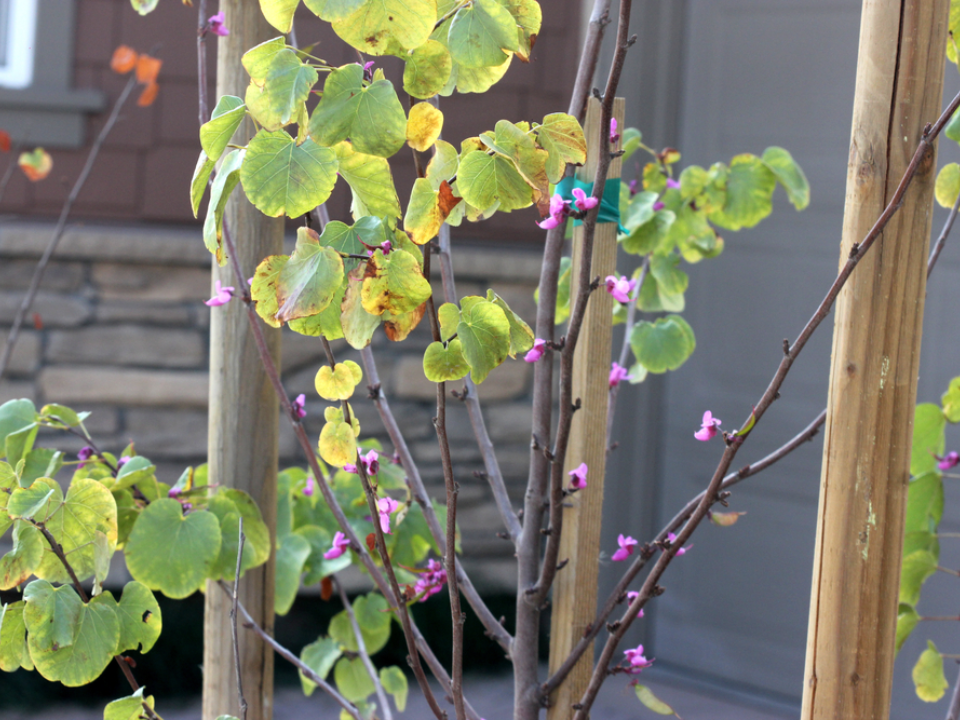
The Redbud tree is known for its striking heart-shaped leaves, which appear in the spring with a vibrant purple-pink hue. The leaves have a smooth texture and display a pleasing shape, adding beauty to any landscape. This tree typically reaches 20 to 30 feet in height, making it ideal for small gardens or yards.
In addition to its unique leaf shape, the Redbud features lovely pink flowers that bloom before the leaves emerge. These blossoms attract bees and other pollinators. Redbuds are versatile and thrive in a variety of soil types, although they prefer well-drained areas. Their ornamental value makes them a popular choice for residential and park landscapes.
Sweetheart Tree (Cercis canadensis ‘Forest Pansy’)
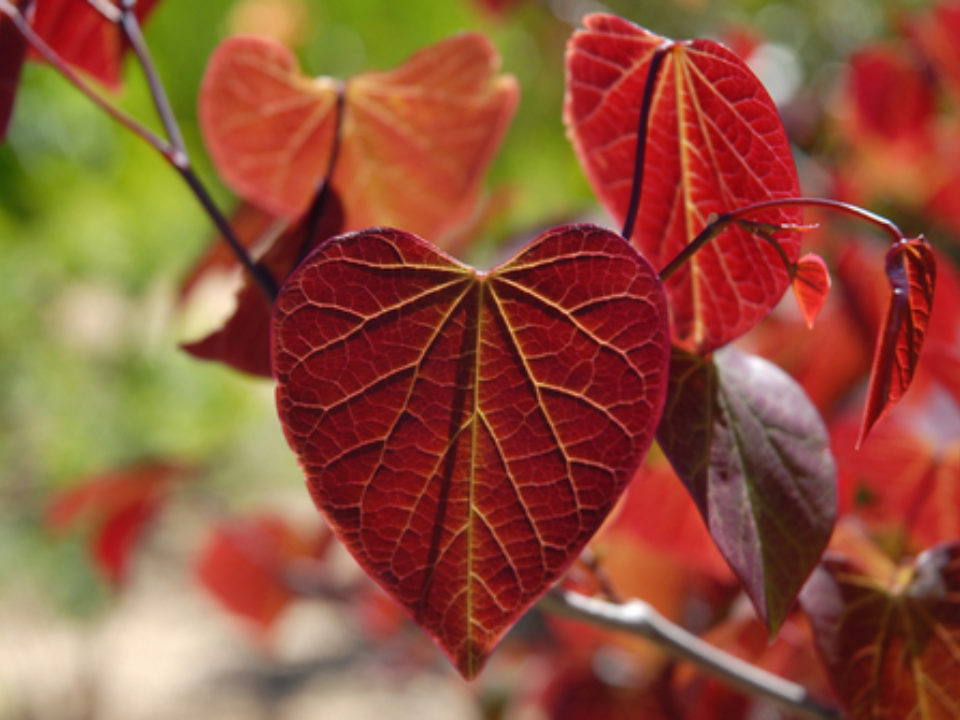
A variety of the Redbud, the ‘Forest Pansy’ cultivar of Cercis canadensis has deeper purple leaves that resemble hearts. The vibrant color of the leaves is most pronounced in early spring, and the tree’s shape adds an elegant, rounded silhouette to any garden. This tree reaches around 20 feet in height, making it a perfect addition to any landscape.
Sweetheart trees are famous for their heart-shaped leaves that gradually transition from purple to green as the season progresses. In the spring, the ‘Forest Pansy’ also showcases clusters of small, purple flowers that give it an additional pop of color. This tree does well in full sun or partial shade and adds charm to both urban and rural settings.
Empress Tree (Paulownia tomentosa)
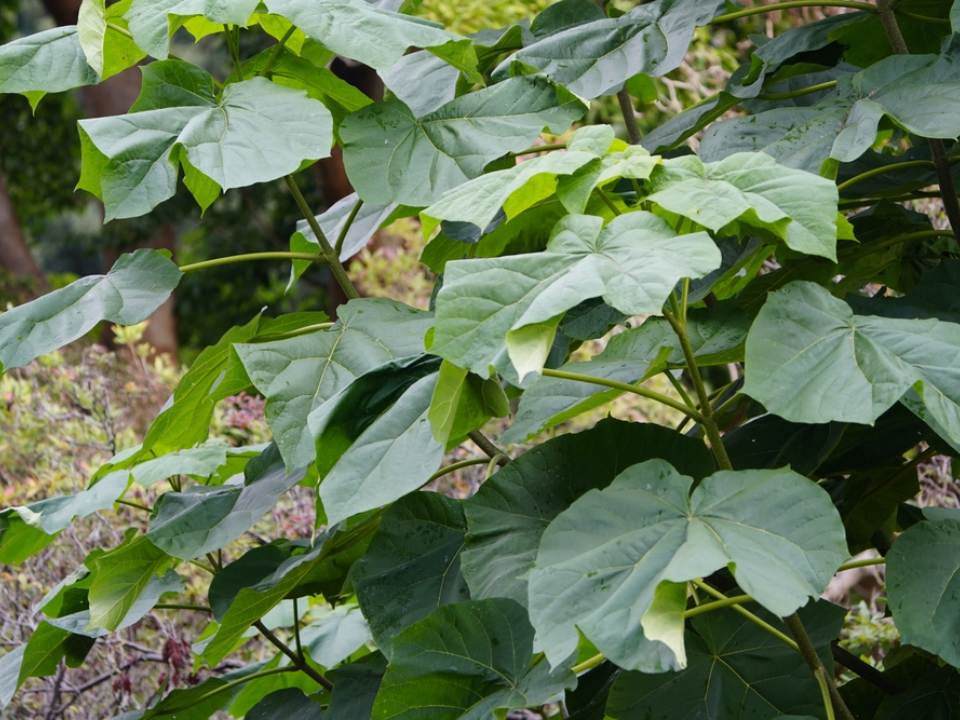
The Empress Tree stands out due to its large, heart-shaped leaves that have a soft, fuzzy texture. This tree grows rapidly and can reach up to 30 feet in height, making it a striking addition to larger gardens or yards. The leaves, when they first emerge, are a fresh, bright green that provides a rich contrast against the tree’s purple flowers.
Known for its fast growth, the Empress Tree can provide shade quickly, making it a great option for creating cool outdoor spaces. The purple flowers bloom in the spring and attract pollinators like bees and hummingbirds. The tree is also appreciated for its resilience and ability to grow in different types of soil.
European Hornbeam (Carpinus betulus)
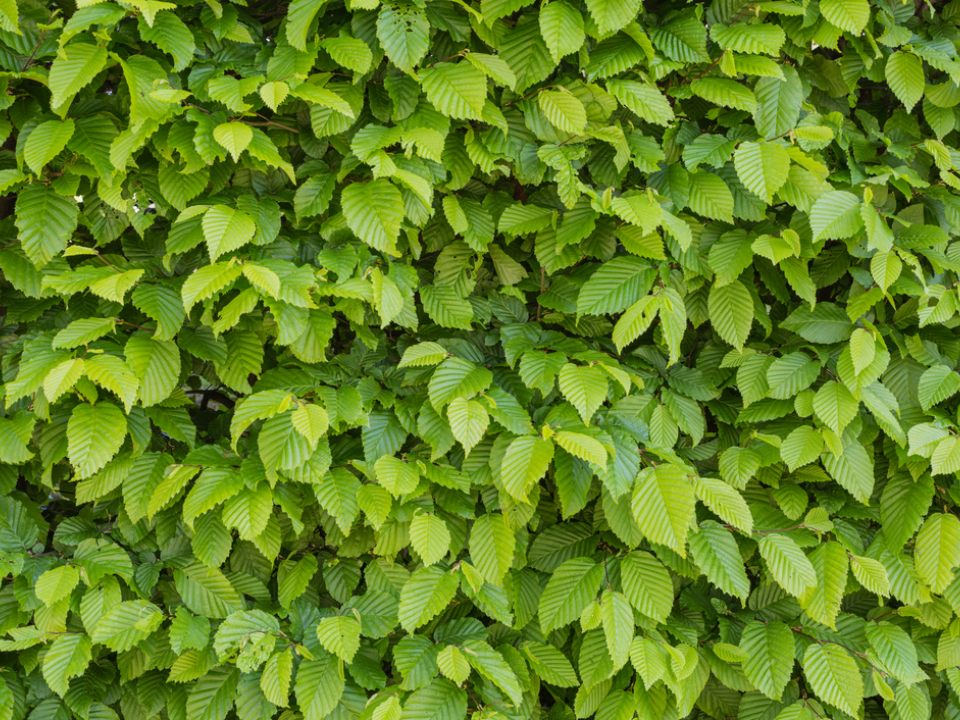
The European Hornbeam is a deciduous tree that features delicate, oval, heart-shaped leaves, which turn a golden yellow or bronze in the fall. This tree grows up to 40 feet tall, making it a suitable choice for larger landscapes. It has a strong, dense structure and can thrive in various conditions.
In addition to its heart-shaped leaves, the European Hornbeam produces small, unassuming flowers in the spring. Its dense, compact form provides excellent shade, and it’s often used in hedging or as a screen for privacy. Its durability makes it ideal for urban environments where space is at a premium.
Red Acer (Acer rubrum)
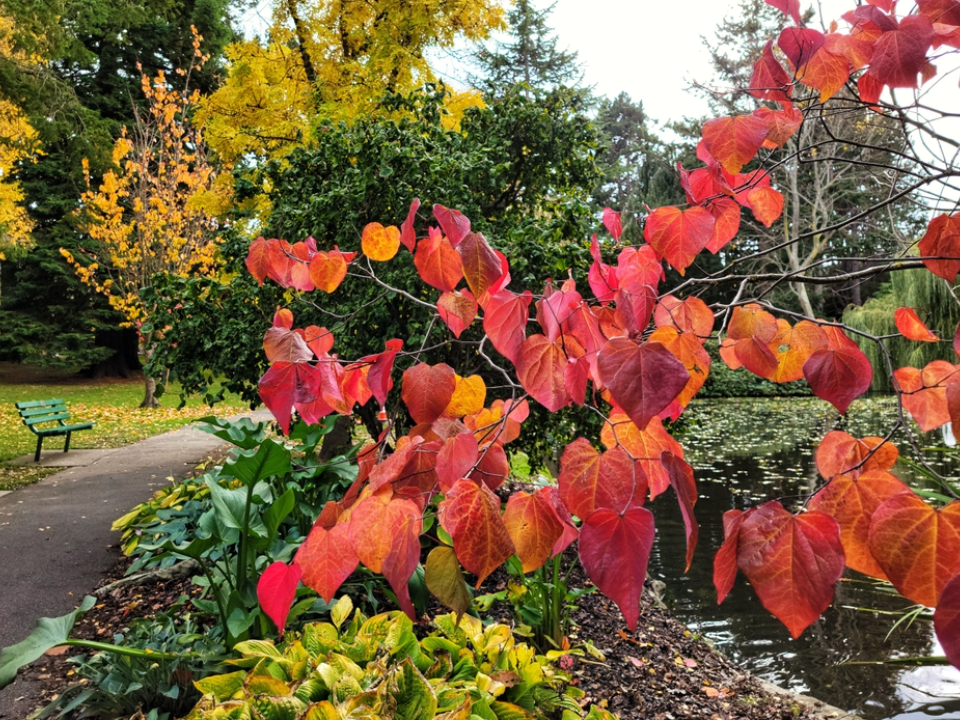
The Red Acer, or Red Maple, is a tree with leaves that are slightly heart-shaped at the base. The leaves are bright green in the spring and summer, but in fall, they turn to brilliant shades of red and orange. This tree typically grows up to 40 feet tall and can thrive in a variety of climates.
Red Maples are valued for their quick growth and stunning fall color. Their heart-shaped leaves are a defining feature, making them a favorite among landscape designers and homeowners. They grow well in moist soils, making them an ideal choice for areas near streams or ponds.
Catalpa (Catalpa bignonioides)
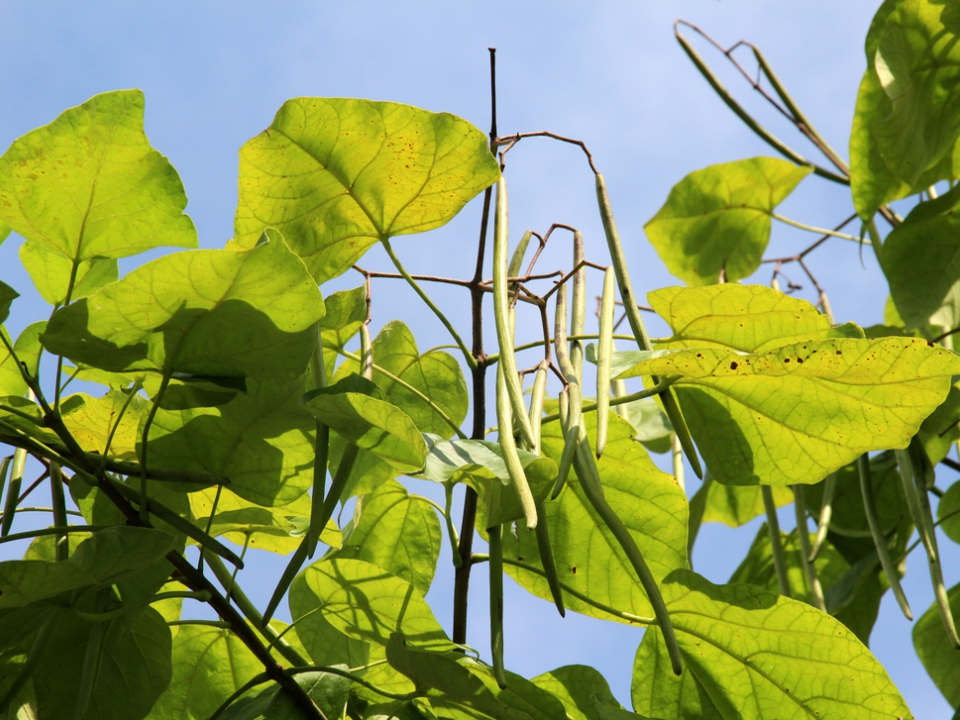
Catalpa trees are known for their large, heart-shaped leaves that create a dense canopy. The leaves are a rich green color and can grow as large as 12 inches in length. Catalpa trees typically reach a height of 40 feet and are often used for shade or as ornamental trees in large yards.
In the summer, Catalpas are known for their stunning white flowers, which appear in clusters. The flowers have a sweet fragrance that attracts pollinators. Catalpas are resilient and can grow in various types of soil, although they prefer slightly moist conditions.
Dogwood Tree (Cornus florida)
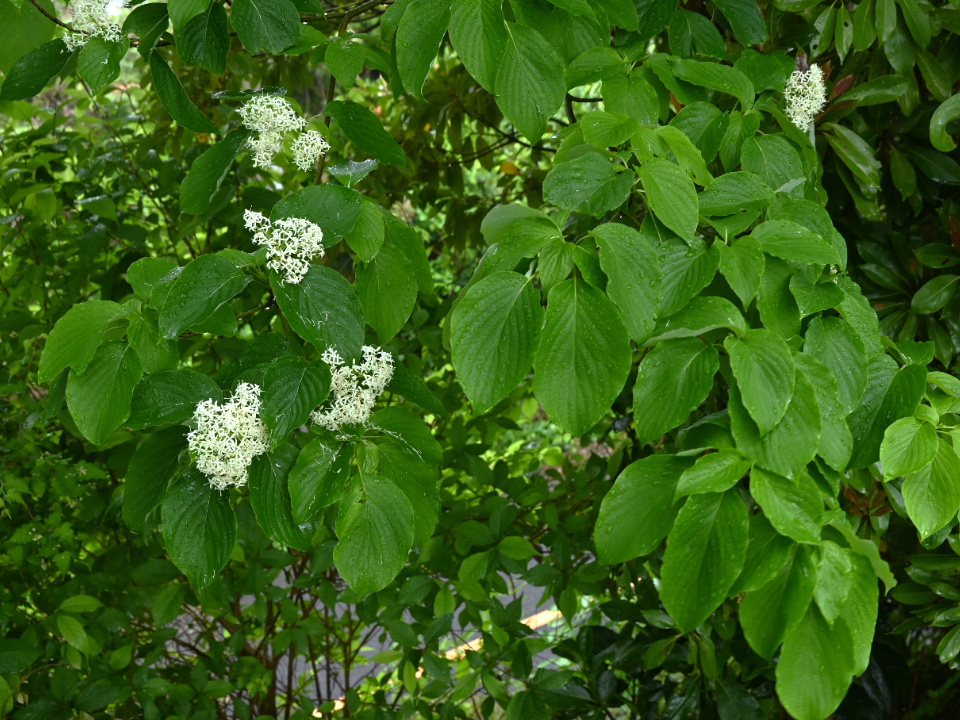
Dogwoods are beautiful small trees that often feature heart-shaped leaves. The leaves are deep green in the summer, and their colors change in the fall to red or purple, creating a beautiful autumn display. The Dogwood typically grows to 15 to 30 feet tall, making it a great option for small yards.
This tree is celebrated for its ornamental qualities, especially its showy flowers in spring. These blossoms are white or pink and stand out against the green backdrop. Dogwoods also thrive in partially shaded areas and are known for their adaptability to a variety of soil types.
Silver Linden (Tilia tomentosa)
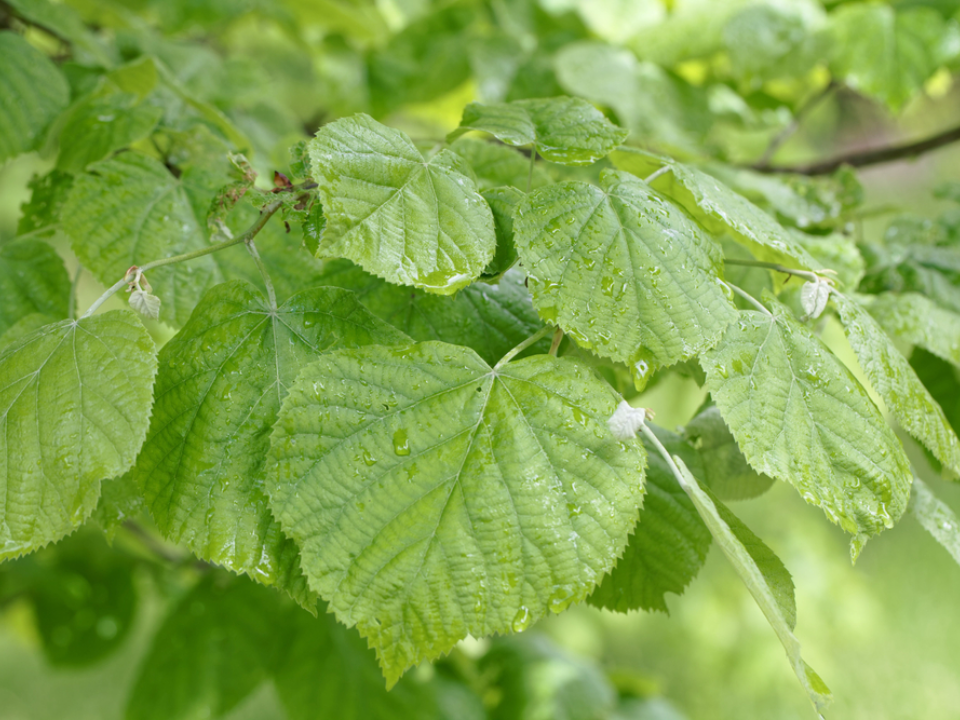
The Silver Linden tree has heart-shaped leaves that are bright green on the upper side and silver on the underside. These trees grow to be quite large, often reaching 50 feet or more in height. Their unique leaf color provides a striking contrast in any landscape, especially when the wind causes the leaves to shimmer.
Silver Lindens are known for their fragrant flowers that bloom in summer, attracting bees and other pollinators. The leaves’ unique appearance adds to the tree’s ornamental value, and its fast-growing nature makes it ideal for providing shade quickly. This tree thrives in well-drained soil.
Maidenhair Tree (Ginkgo biloba)
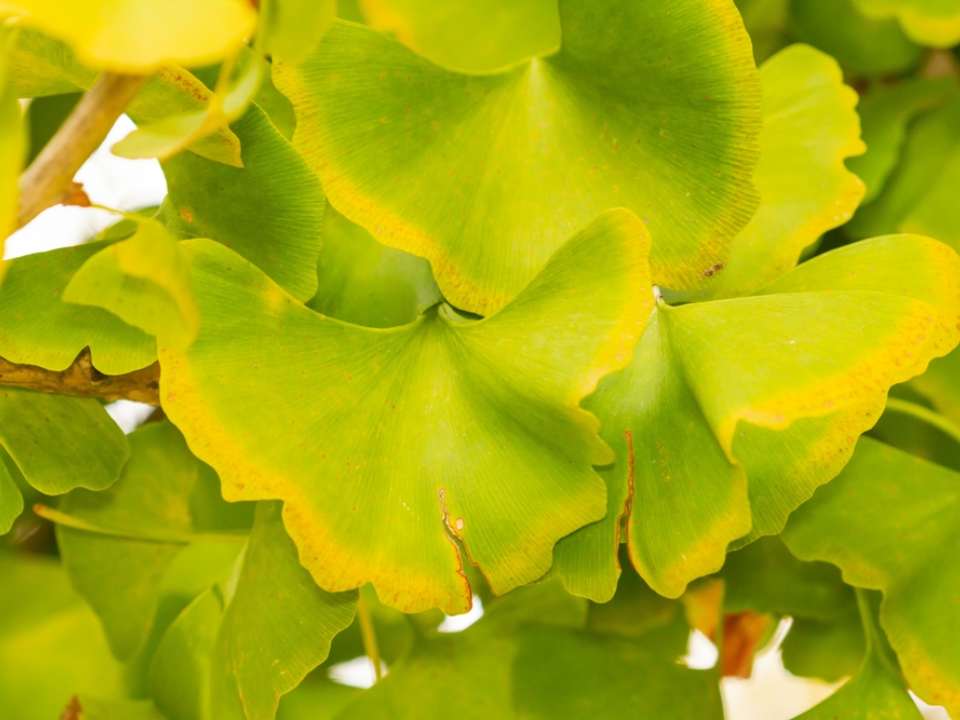
The Ginkgo biloba, also known as the Maidenhair Tree, has fan-shaped leaves that are often likened to a heart shape. The leaves are unique, with deeply lobed edges, and turn bright yellow in the fall, creating a striking seasonal display. This tree grows up to 80 feet in height and is often used for street planting and in parks.
Ginkgo trees are also known for their resilience and longevity. They can tolerate pollution, making them an excellent choice for urban environments. The tree’s heart-shaped foliage and brilliant fall color make it a favorite among landscape designers.
Japanese Persimmon (Diospyros kaki)
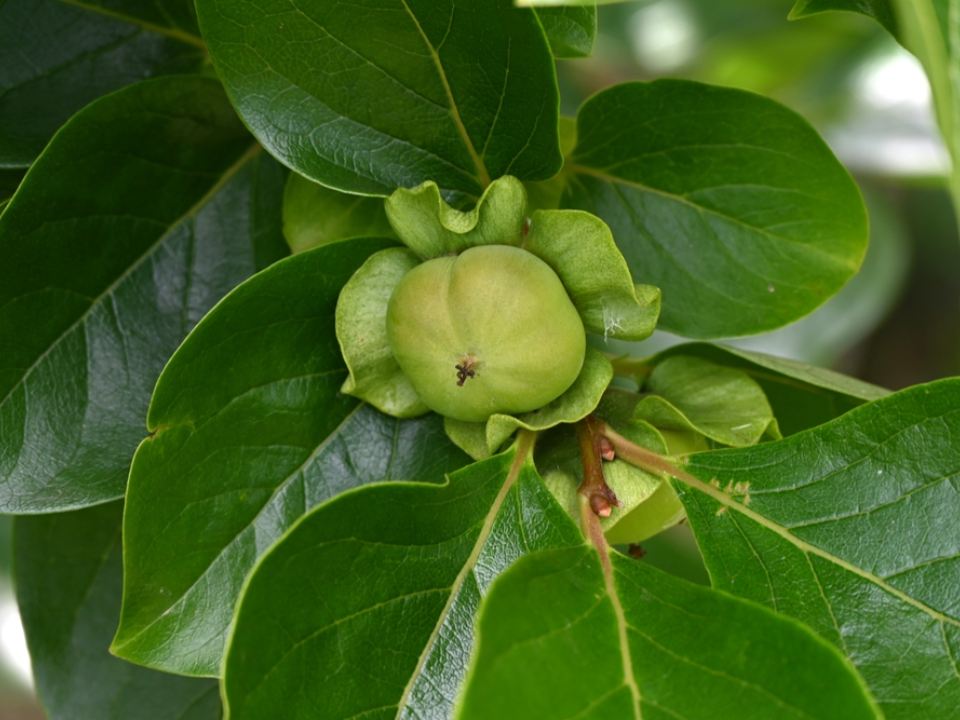
Japanese Persimmons feature heart-shaped leaves that are glossy and deep green. This tree can grow up to 30 feet tall and is prized for its edible fruit, which ripens in the fall. The leaves turn a golden-yellow or orange before dropping, contributing to the tree’s ornamental value.
In addition to its stunning foliage, the Japanese Persimmon also produces fragrant, orange fruit. This tree requires full sun and well-drained soil for optimal growth. It is often planted in gardens for both its beauty and the fruit it produces.
Black Locust (Robinia pseudoacacia)

The Black Locust tree has distinctive, heart-shaped leaves that appear in the spring. The tree can reach heights of 30 to 50 feet and has a fast growth rate. It is often used for erosion control due to its ability to fix nitrogen in the soil.
Black Locust trees also produce fragrant white flowers that hang in clusters in the spring. The leaves are compound and consist of smaller leaflets arranged in a heart shape. These trees are hardy and can thrive in a variety of soil types, making them suitable for many landscaping projects.
Purple-leafed Sand Cherry (Prunus x cistena)
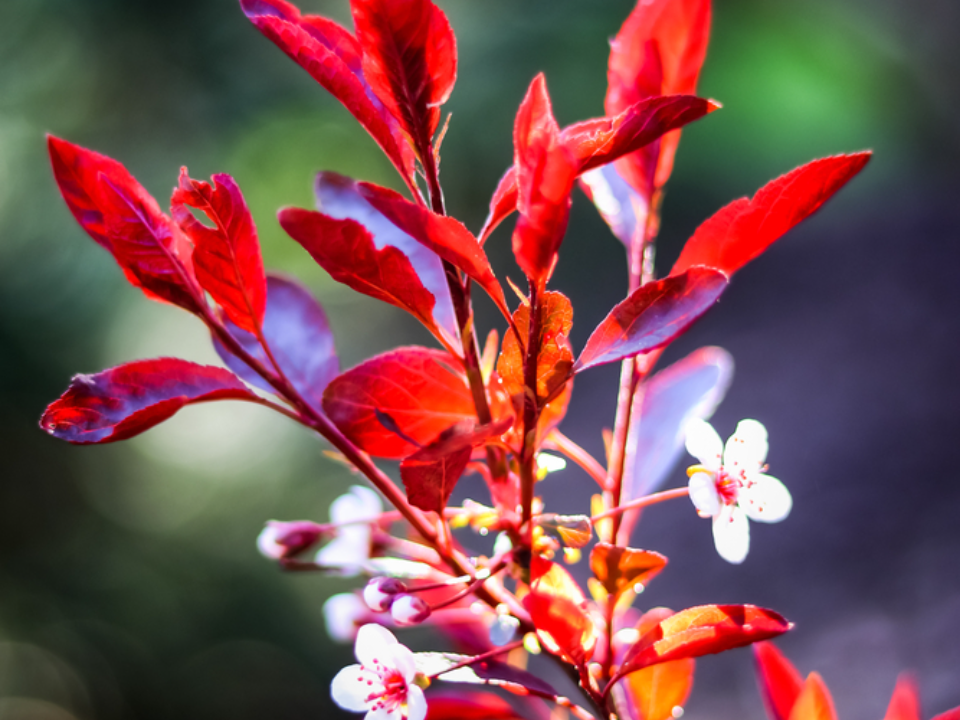
The Purple-leafed Sand Cherry is a small tree with heart-shaped leaves that are deep purple in color. This tree typically grows to around 6 to 10 feet in height, making it ideal for smaller gardens or as a focal point in landscapes. The leaves are glossy and vibrant, adding color to any yard.
In spring, the tree produces small white or pink flowers that contrast beautifully against the dark leaves. It thrives in well-drained, slightly acidic soil and full sun. This tree is often used for ornamental purposes, providing visual interest throughout the year.
White Mulberry (Morus alba)
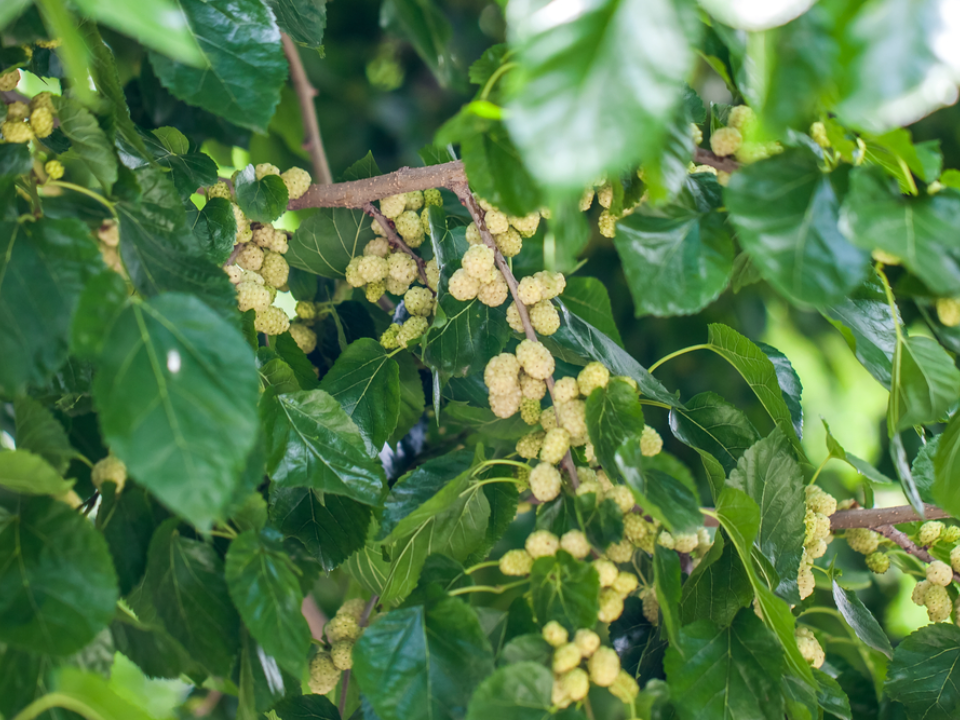
White Mulberry trees have heart-shaped leaves that are smooth and green. The tree can grow up to 30 feet tall and is often used in agricultural settings. The leaves are the primary food source for silkworms, making this tree economically significant.
In the summer, the White Mulberry produces small, white fruits that are sweet and edible. The tree’s heart-shaped leaves provide a soft, dense canopy that offers ample shade. White Mulberry trees thrive in full sun and well-drained soil, making them versatile in a variety of environments.
This article originally appeared on Avocadu.
